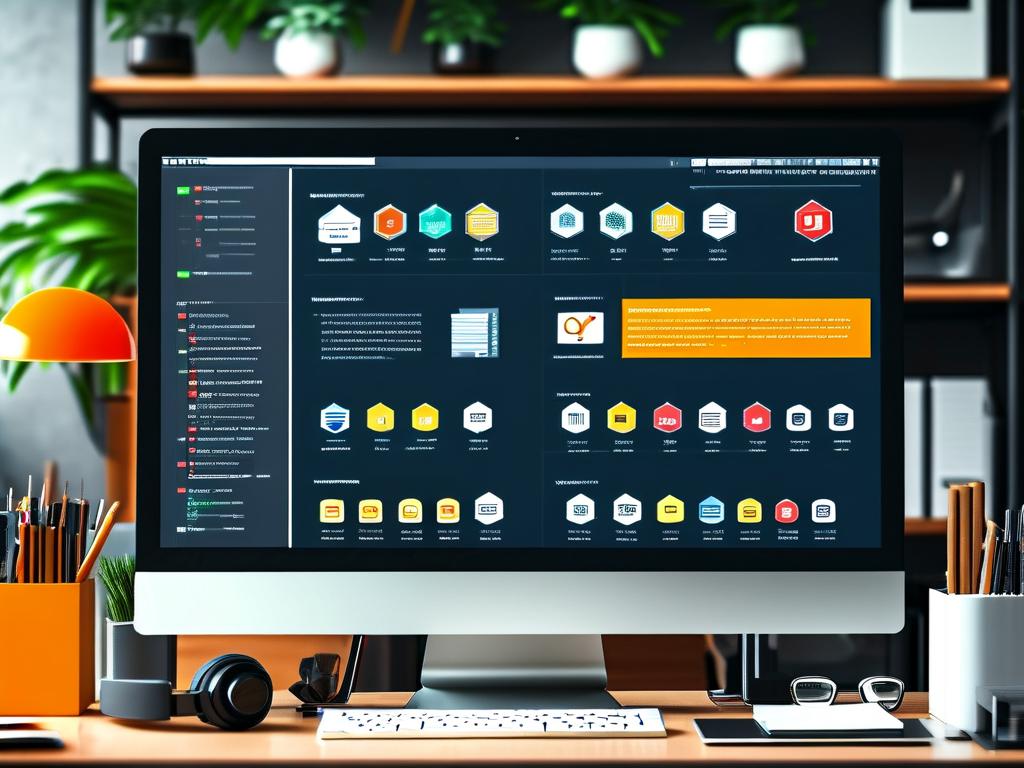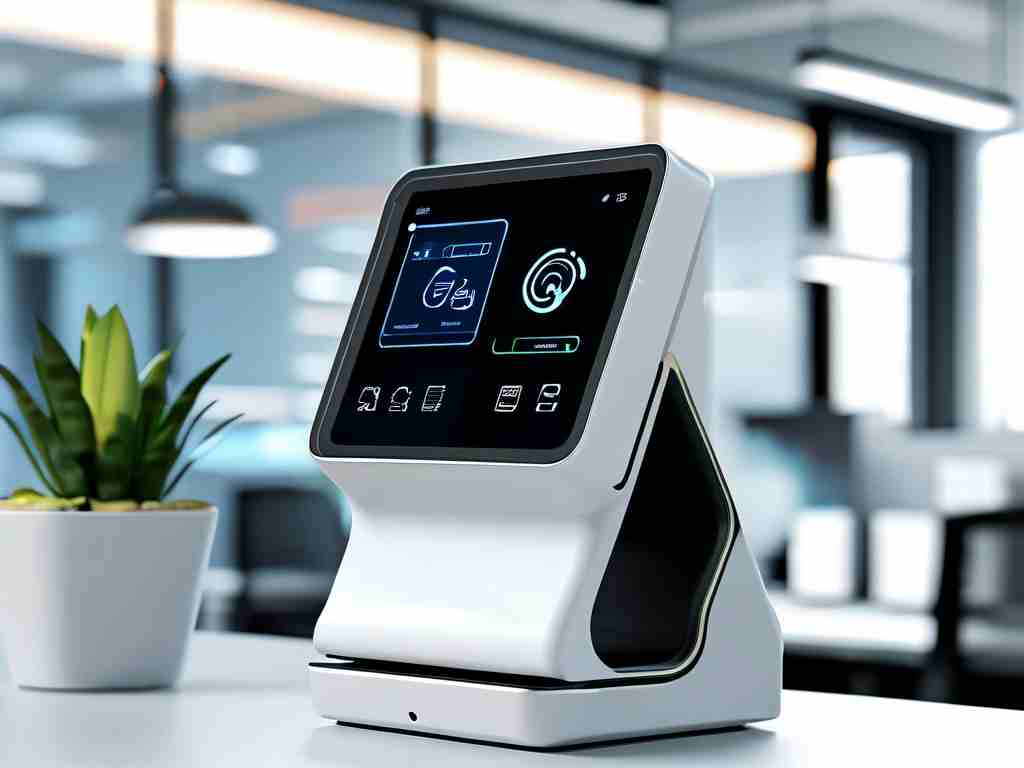In today\'s fast-paced digital workplace, automated deployment attendance systems have become essential for optimizing workforce management. These solutions integrate cutting-edge technologies to streamline employee tracking while maintaining compliance with labor regulations. This article explores seven innovative platforms reshaping how organizations handle attendance monitoring through automated deployment capabilities.

Workflow automation specialists emphasize the importance of choosing systems that adapt to hybrid work environments. Modern solutions like Kronos Workforce Central now incorporate geofencing and biometric integration, enabling accurate tracking across multiple locations. The deployment process typically involves containerization through Docker, allowing seamless updates across distributed teams. For instance, deployment scripts might utilize Kubernetes configurations to maintain service consistency during scaling operations.
Emerging platforms such as BambooHR AutoPilot demonstrate how machine learning enhances attendance pattern recognition. These systems analyze historical data to predict staffing needs, automatically adjusting shift schedules through predefined deployment pipelines. The integration of RESTful APIs enables real-time synchronization with payroll systems, significantly reducing administrative overhead. A typical deployment might include Jenkins automation servers triggering attendance reports generation upon shift completion.
Open-source alternatives like TimeTrex Community Edition offer customizable deployment options for tech-savvy organizations. Implementation often involves Git-based version control for configuration files, ensuring audit trails for compliance purposes. The system\'s modular architecture supports gradual deployment phases, allowing enterprises to migrate from legacy systems without operational disruption. Sample deployment commands might include Ansible playbooks for configuring distributed nodes across regional offices.
Security remains paramount in attendance system deployments. Leading solutions like ADP Vantage HCM implement zero-trust architectures during deployment phases, utilizing TLS mutual authentication between components. The encryption protocols extend to mobile check-ins, with deployment configurations often requiring hardware security module (HSM) integration for biometric data protection. Regular penetration testing is automated through CI/CD pipelines to maintain system integrity post-deployment.
The future of attendance tracking lies in blockchain-enabled systems like ChronoLogic. These platforms automate deployment of smart contracts that immutably record work hours while enabling instant payment processing. Deployment involves configuring Ethereum nodes or alternative blockchain networks, with automated gas fee optimization algorithms ensuring cost-effective transaction processing. Such implementations demonstrate how attendance systems are evolving into comprehensive workforce management ecosystems.
When evaluating deployment options, consider solutions offering multi-cloud compatibility. Platforms like Zoho People now support automated failover deployments across AWS, Azure, and Google Cloud infrastructure. This ensures uninterrupted attendance tracking during regional outages, with load-balanced deployments automatically scaling based on real-time user demand. The architecture typically combines serverless components with container orchestration for optimal resource utilization.
Implementation best practices recommend phased deployment strategies. Begin with pilot groups using blue-green deployment patterns to minimize operational risk. Monitoring tools like Prometheus should be configured during initial deployment stages to track system performance metrics. Successful implementations often correlate with comprehensive staff training programs delivered through automated LMS integrations as part of the deployment package.
As organizations increasingly adopt IoT-enabled attendance solutions, deployment complexity grows. Systems like HubStaff now support automated provisioning for biometric scanners and beacon devices through predefined device enrollment protocols. The deployment architecture incorporates edge computing nodes to process local authentication requests while maintaining centralized record storage. This hybrid approach reduces latency while meeting data residency requirements in multinational deployments.
The convergence of attendance tracking and cybersecurity has led to innovative deployment approaches. Okta Identity Cloud now offers preconfigured deployment templates that integrate multi-factor authentication directly with timeclock systems. Automated certificate rotation and key management are handled through Kubernetes operators during deployment, significantly enhancing system security posture. Regular vulnerability scans are scheduled through built-in cron jobs within the deployment manifests.
Selecting the right automated deployment solution requires evaluating technical infrastructure and workforce needs. Prioritize platforms offering detailed deployment documentation and webhook integrations for custom workflows. The optimal system should balance automation capabilities with flexibility, allowing organizations to maintain control over critical attendance policies while leveraging modern deployment methodologies for operational efficiency.









